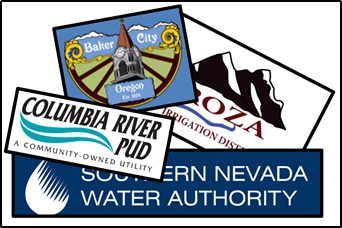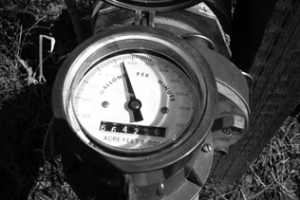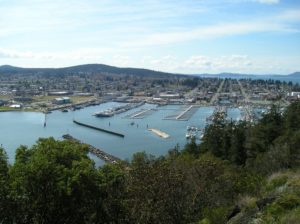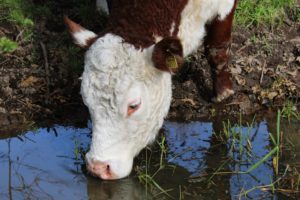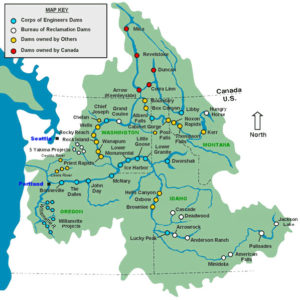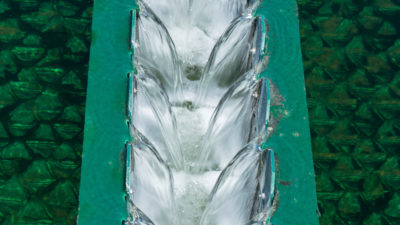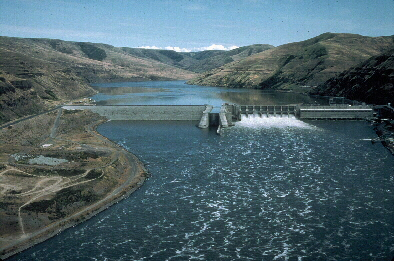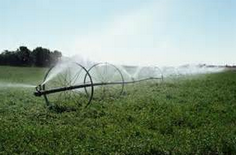Survey by AWWA Details Challenges Facing the Water Industry

The State of the Water Industry Survey
In the June 2020 issue of Opflow, the American Water Works Association published a survey of 3,351 water industry professionals. The State of the Water Industry (SOTWI) survey identifies challenges to the water industry and seeks to understand their causes.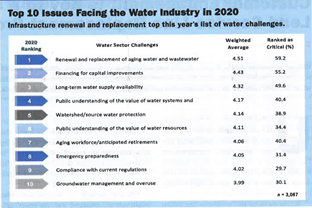
Several issues regarding water resource management made the top ten concerns of the industry professionals surveyed. “Long-term water supply availability” was the third-highest ranked issue on the list at #3, followed closely by “watershed/source water protection” (#5) and “groundwater management and over-use’ (#10).
Water Demand
Specifically, 57 percent of surveyed respondents indicated that their utilities could meet anticipated long-term water demand. However, about 12 percent of respondents claim that it will be challenging to meet future supply needs. This uncertainty creates reverberating effects throughout the industry. Uncertainty affects many other aspects of water resource management and quality, including the other issues mentioned in the survey. Future supply shortfalls will lead to increased price and competition as well as the potential for more frequent litigation over water rights.
Source Water Protection
In addition, source water protection was another critical issue for water resource managers. 76 percent of utility respondents to the survey said that they had implemented or were implementing a source water protection program. When considering only large utility respondents, that share increased to 89 percent. Clearly, utilities focus on strong source water protection programs. These programs are often cost-effective ways to protect and improve both water quality and quantity. Further, states are generally responsible for implementing water quality standards under the Safe Drinking Water and Clean Water Acts for drinking water. Recently, the AWIA, America’s Water Infrastructure Act amended the Safe Drinking Water Act, signed into law in 2018.
Groundwater

Finally, this was the second consecutive year that groundwater issues were front and center in the survey. 2019 California drought and wildfire conditions stressed groundwater resources, bringing those issues to the front of many survey respondents’ minds. Those issues show no signs of abating, as drought and wildfires continue to ravage the West.
In conclusion, many of the challenges highlighted by survey respondents are similar to those faced by water resource managers throughout the years. While there may be some cause for concern in certain areas, overall the survey shows a positive outlook for the future. Utilities are using existing water resources more efficiently as they comply with the AWIA, protect their water sources, and engage in asset management planning. The water industry has poised itself to meet its challenges with resilience.
This blog was drafted with the assistance of Drew Hancherick, a current law student attending Lewis and Clark Law School.

